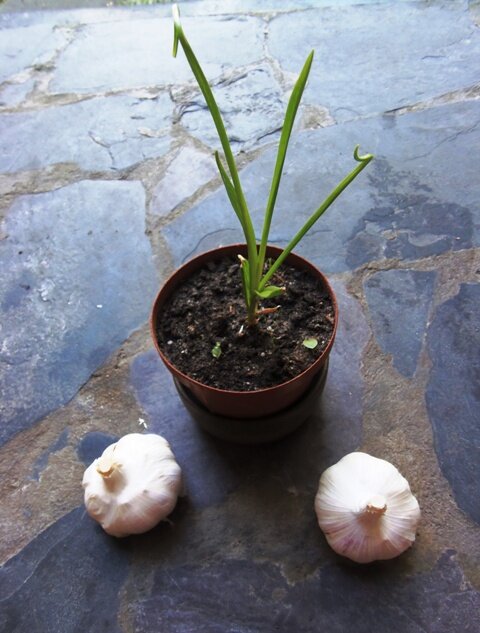
The world, we are told, has become a village and given the many exotic and different flavours our taste buds have become used to, maybe we have tended to become somewhat blasé to the history of that most defined of plants – garlic.
Garlic, a member of the onion family, has been used for many, many centuries in the making of food as well for the treatment of ill health. The ImagineMag household uses garlic liberally and has an area for its growth in the vegetable patch. It is a fairly obliging plant as one can grow a clove in a pot and place it in a sunny position on a window sill.
Men and women from various fields of expertise, have, over the years, discovered the usage of garlic in a variety of places and circumstances. In ancient times be it in the near and far east, Egypt, China, India, Japan or the west Greece, Rome garlic was eaten by its people especially those who did hard physical work. It is possible garlic became part of the diet of those men who helped build the pyramids in Egypt or was fed to the early athletes in the days of the original Olympic games in Greece or to Roman soldiers as they advanced in various war situations. The idea being that this vegetable would improve or increase the individual’s strength. Various written sources however are not very clear just how much garlic had to be eaten for the improvement to be noticed.
During the later period in Europe of the middle ages and the renaissance garlic became more and more valued for its medicinal value, particularly in the monasteries where it was grown. The cloves, it was said, could help prevent heat stroke as well as preventing lung or other diseases. It was much used during the time known as the Great Plague of the middle 1600s. The suggestion has been made that the nursery rhyme, ring a ring o’roses, referred to the red rash and quick death of the victims. By this time the aristocratic and wealthier citizens began to eat more of the bulb hoping that they would evade a death by disease.
By the late 19th century the inhabitants of the United States of America were being advised that garlic was a good tonic, that it could treat infections and lung problems.
Tulbachia violacea is a South African plant called the wild garlic. Its flowers are sometimes used in salads and also as a decoration. The leaves can be used instead of chives. The roots with its strong flavor may be used in stews or when roasting. There are two other species of the local wild garlic: T simmleri and T alliacea
The history of garlic is a fascinating especially when one learns that the citizens of countries far distant from one another, were all taught very similar values of the plant.
